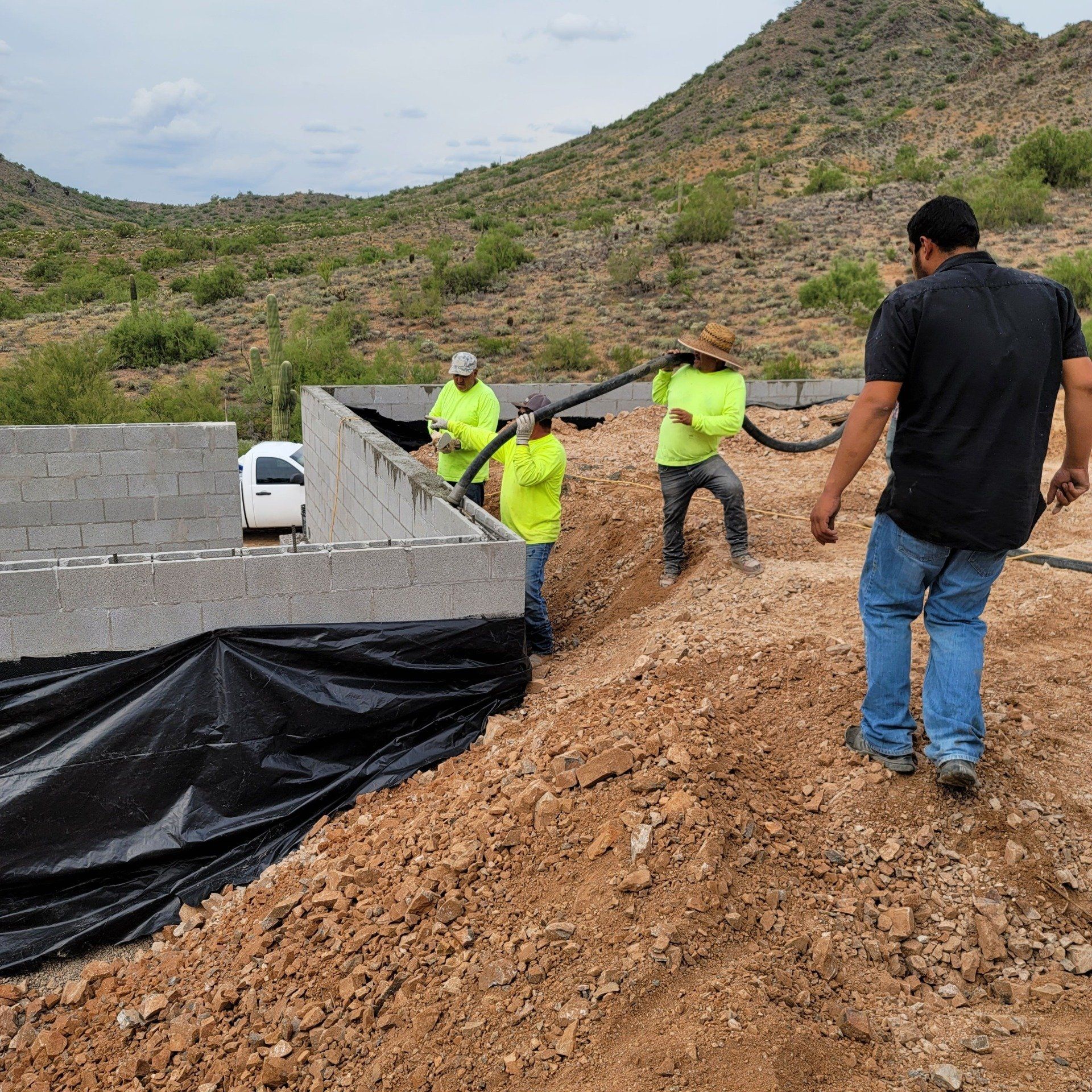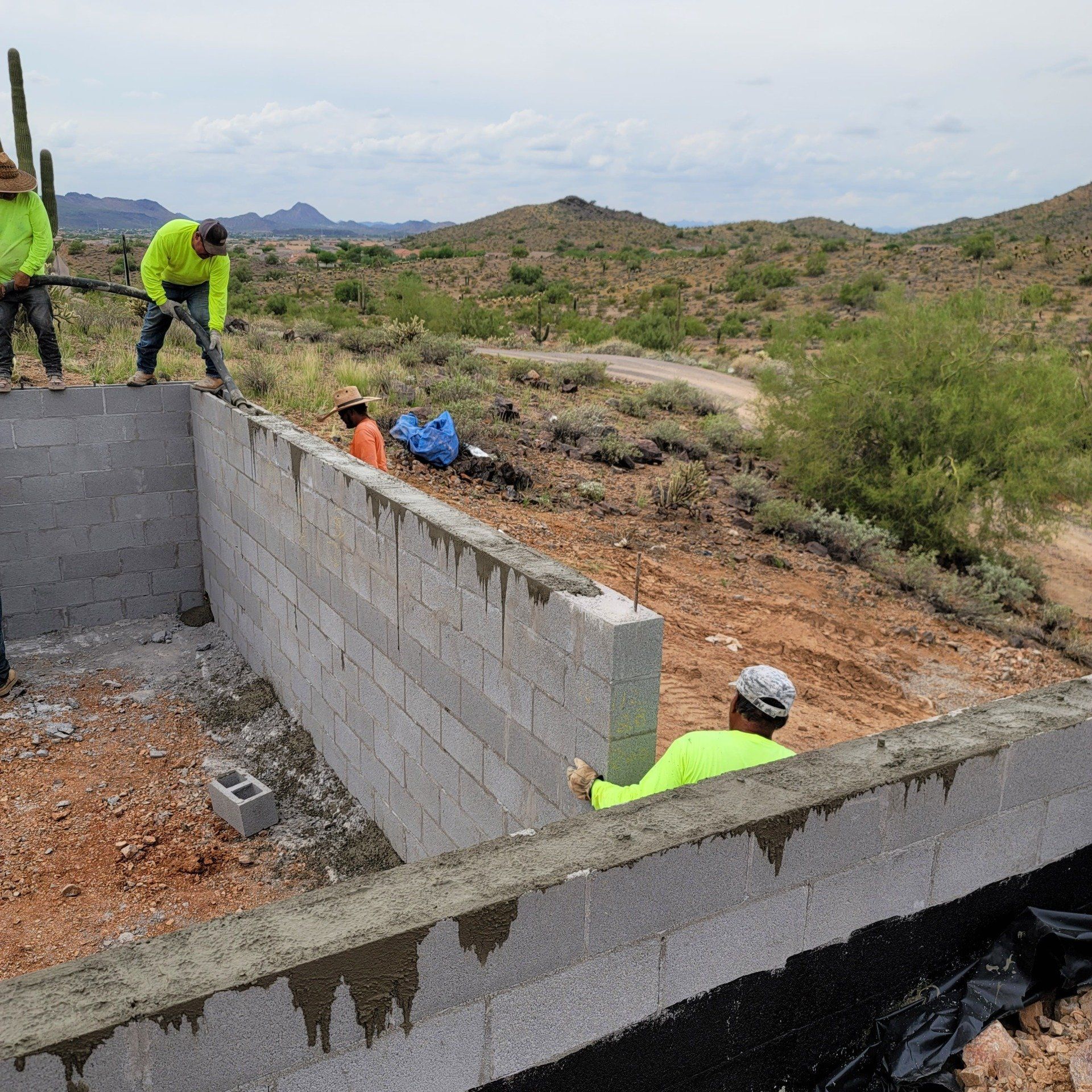Residential
Industrial
I'll guide you to amazing places
New Paragraph

Happiness
All of us what our kids to be happy. For a parent or caregiver, it is usually a top priority. But did you know that happiness isn't just luck? It's a skill that can be learned, nurtured and developed. So if your child is having trouble finding his or her happy place, we've got tips and advice for developing habits that can bring joy and happiness. How's that for some happy news?
Add a title
This is the text area for this paragraph. To change it, simply click and start typing. Once you've added your content, you can customize its design by using different colors, fonts, font sizes and bullets. Just highlight the words you want to design and choose from the various options in the text editing bar.

FAQS
Here are answers to some common questions.
-
How Do Retaining Walls Prevent Erosion?
Retaining walls prevent erosion in 2 different ways. First, they hold back the dirt/soil from running away when it rains. Second, when properly designed and built, a retaining wall channel the rain water so it can drain properly, generally into a storm drain or dry well.
-
How Do You Build a Retaining Wall?
Prepare Materials and Footing - Decide on the type of blocks you want to use. Then call 811 before you dig your walls footing to make sure there's no utilities in the way. Once you're cleared to dig, trench a level strip a few inches wider and deeper than your blocks. Then add a few inches of gravel, then an inch of sand to your trench. Your first block layer should be partially below ground. Depending on your situation, you might also need to incorporate drains, deeper footings and other considerations. If you have questions, feel free to give us a call, we are always happy to help.
-
How High Can Retaining Walls Be?
Most retaining walls, whether load-bearing or not, average between 3 and 4 feet in height. As a general rule, you do not want to build any sort of block wall over 4 feet in height without including some type of structural support within. Depending on your area, there might be building code to follow if your wall height exceeds four feet.
-
How Long Do Retaining Walls Last?
Describe the item or answer the question so that site visitors who are interested get more information. You can emphasize this text with bullets, italics or bold, and add links. -
How Much Do Retaining Walls Cost?
Describe the item or answer the question so that site visitors who are interested get more information. You can emphasize this text with bullets, italics or bold, and add links. -
What Is A Cinder Block Retaining Wall?
Describe the item or answer the question so that site visitors who are interested get more information. You can emphasize this text with bullets, italics or bold, and add links. -
When Are Retaining Walls Required?
Describe the item or answer the question so that site visitors who are interested get more information. You can emphasize this text with bullets, italics or bold, and add links. -
Who Builds Block Walls in Phoenix?
Describe the item or answer the question so that site visitors who are interested get more information. You can emphasize this text with bullets, italics or bold, and add links. -
When Are Cantilever Retaining Walls Used?
Describe the item or answer the question so that site visitors who are interested get more information. You can emphasize this text with bullets, italics or bold, and add links. -
Why Are Retaining Walls Important?
Describe the item or answer the question so that site visitors who are interested get more information. You can emphasize this text with bullets, italics or bold, and add links. -
How Much Do Block Walls Cost?
Describe the item or answer the question so that site visitors who are interested get more information. You can emphasize this text with bullets, italics or bold, and add links. -
How Do You Lay a Block Retaining Wall?
Describe the item or answer the question so that site visitors who are interested get more information. You can emphasize this text with bullets, italics or bold, and add links.

QUICK LINKS
QUICK LINKS
BUSINESS HOURS
- Mon - Fri
- -
- Sat - Sun
- Closed
2021 Copyright Phoenix Retaining Wall Builders
